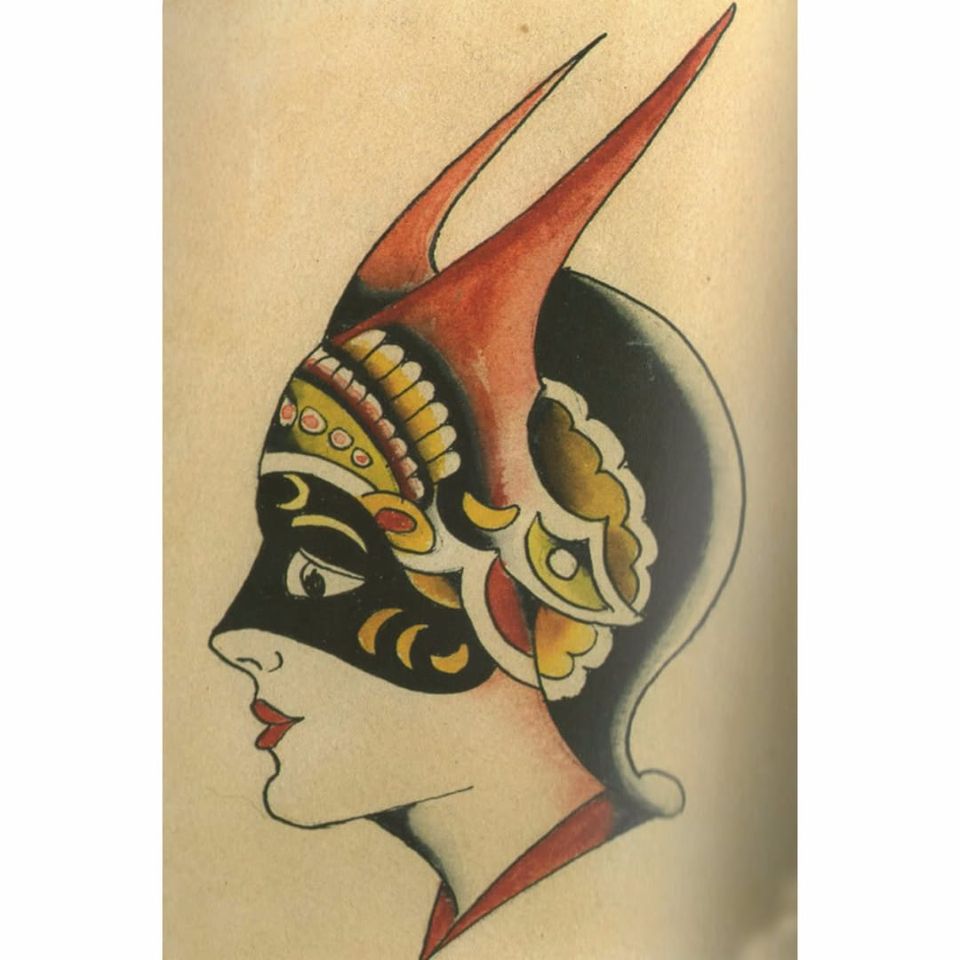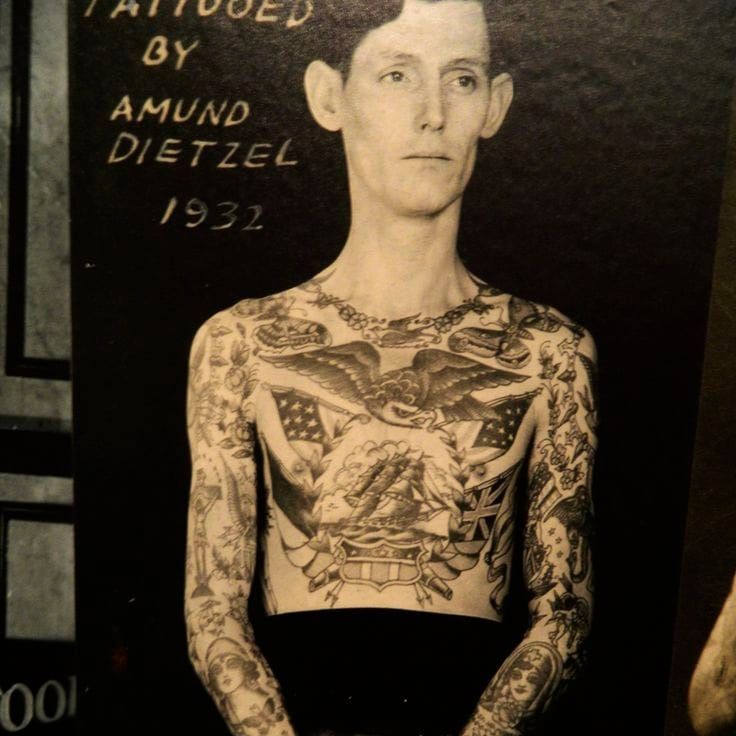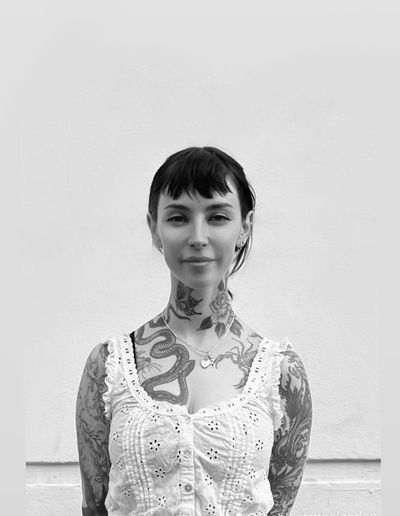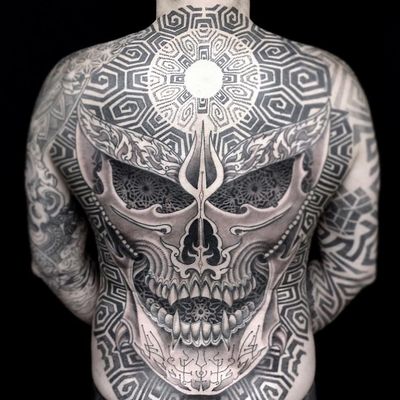The Extraordinary Life of Tattooing Pioneer Amund Dietzel
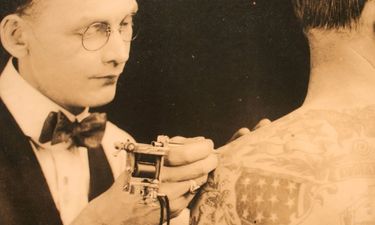
Amund Dietzel's legend lives on through recreations of his signature "Dietzel Girls."
Todd Noble pays homage to Amund Dietzel, one of the pioneers of tattooing, by recreating one of his signature “Dietzel Girls” in the video above. Here is a little bit more about Dietzel and his remarkable influence through the years.
Amund Dietzel is one of the most colorful figures in the history of tattoos. As one of the industry’s early pioneers, Dietzel lived a rather extraordinary life and left behind an invaluable legacy that persists in the work of nearly every traditional tattooist in the world. Nothing demonstrates his lasting influence more than the fact that some of the best artists still build off of his original and timeless designs to this very day.
When only 14 years old, Dietzel left his hometown in Norway and took to the high seas, working as a sailor. It was here that he first learned the art of hand-poked tattoos. In 1907, he was shipwrecked in the Saint Lawrence Seaway, and after making it to shore in a lifeboat, he found himself out of work since the commercial vessel he sailed on was no longer seaworthy. Without a boat to sail on, he took to train hopping and landed in New Haven, Connecticut. There he acquired what was then called an electric pen and embarked on his career as one of the earliest professional tattooists in the United States.
Dietzel tattooed hundreds if not thousands of individuals over the course of his long career, which lead him all over the country, working out of a suitcase at parlors and arcades in cities such as Detroit, Michigan, and Albany, New York, before settling down in Milwaukee, Wisconsin. After opening his own shop, his business thrived due to the tattoo industry’s boom during and shortly after World War II. He spent most of the rest of his life working long hours at this location, until the city bandwagoned with the anti-tattooing initiatives of the ‘60s and outright outlawed the artform in 1967. He passed away only seven years later but left behind countess piece of custom flash art designs, badass body art on clients, and, most importantly, the example of how to make it as a tattooist in the 20th century.
Of the countless designs that Dietzel created he is most known for his signature lady heads, often referred to as “Dietzel girls.” These busts of beautiful women stand out because of their devilish masquerade masks, which are modeled on the costumes of early 20th-century circus performers. This stylization of the motif is so unique that half a century later they are still recognized as having Dietzel DNA. So the next time you see one of these stunning masked ladies, take a moment to reflect on their origins. They are a shared heirloom handed down to us by a true trailblazer in the world of tattoos.
